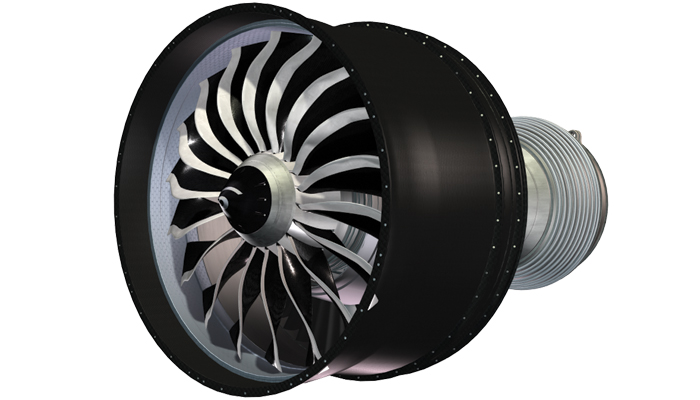Sigma Labs signs deal to implement in-process inspection technology for additive manufactured metal jet engine components, called PrintRite3D
GE Aviation said it will speed up the process of 3D printing jet engine parts by 25 percent to support an ambitious production schedule with the help of in-process inspection technologies as part of a new agreement with Sigma Labs, Inc.
Evendale, Ohio-based GE Aviation is a subsidiary of General Electric and a leading manufacturer of jet, turboshaft and turboprop engines, components and integrated systems for commercial, military, business and general aviation aircraft.
Sigma, headquartered in Santa Fe, N.M., recently signed a Joint Technology Development Agreement with GE Aviation to implement Sigma’s in-process inspection technology for additive manufactured metal jet engine components, called PrintRite3D, which verifies the quality and geometry of 3D printed metal components during the additive build process.
Additive manufacturing machines, more commonly known as 3D printers, is the process of joining plastic, metal, and composite materials based on 3D model data, usually layer upon layer to build physical models, prototypes, patterns, tooling components, and production parts.
GE Aviation uses additive manufacturing methods such as direct metal laser melting (DMLM) to build 3D-designed production engine components that traditional manufacturing methods are incapable of producing.
GE’s additive manufactured components weigh less than conventional parts because they replace complex assemblies with single pieces, reducing the need for brazing and welding. Additive manufacturing also generates less scrap material during the fabrication process.
The additive manufacturing process involves taking digital designs from computer aided design (CAD) software, and laying horizontal cross-sections to manufacture the part. The process creates the layered cross-sections using a laser beam to melt the raw material.
“Today, post-build inspection procedures account for as much as 25 percent of the time required to produce an additively manufactured engine component,” said Greg Morris, GE Aviation’s business development leader for additive manufacturing. “By conducting those inspection procedures while the component is being built, GE Aviation and Sigma labs will expedite production rates for GE’s additive manufactured engine components like the LEAP fuel nozzle.”
By 2020, GE Aviation will produce more than 100,000 additive manufactured components for the LEAP and GE9X engines. GE will install 19 additive manufactured fuel nozzles on every LEAP engine, which has amassed more than 4,500 orders.
The LEAP fuel nozzle is up to 25 percent lighter and five-times more durable than traditionally manufactured fuel nozzles, leading to big fuel savings.
Mark Cola, Sigma CEO, said through the agreement, the two companies will work to assure the “build quality and as-built repeatability of additively manufactured aircraft engine components, thereby ensuring predictable materials properties critical to successful product commercialization.”
Sigma said it is also in final discussions with Interactive Machines, Inc., to complete a joint venture agreement to commercialize a breakthrough 3D metal prototype machine designed to produce an increased output of up to 10 times over currently available 3D metal printing machines. Demonstration of the prototype is planned for the third quarter of 2014.
Sigma said it anticipates to have worldwide, exclusive manufacturing and marketing rights to the device, with Interactive Machines owning the intellectual property and receiving a royalty from Sigma for the use of its production technology.






